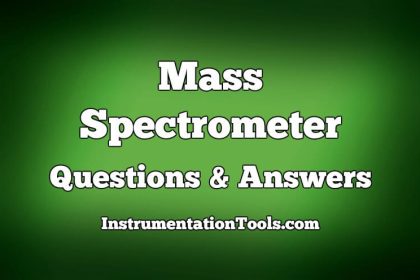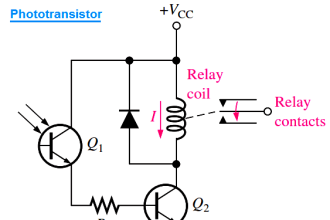Diagonalization
1. State models presented employed:
a) Physical variables
b) Phase variables
c) Canonical variables
d) All of the mentioned
Answer: d
Explanation: State models are used in the state model analysis and is employed in all the variables as physical, phase and canonical phase analysis.
2. State model is generally not suitable for measuring:
a) Investigation of system properties
b) Evaluation of time response
c) Real variables
d) Both a and b
Answer: d
Explanation: State models are used in the state model analysis and is employed in all the variables as physical, phase and canonical phase analysis and is generally not suitable for investigation of system properties and evaluation of time response.
3. ______________ are the techniques for converting general state models into canonical one.
a) Observable
b) Controllable
c) Diagoanlization
d) Cannonical
Answer: c
Explanation: Diagonalization is the form in which the roots are in the daigonal of the matrix and are the techniques for converting general state models into canonical one.
4. The values of the characteristic equation is given by:
a) Eigen values
b) State matrix
c) Eigen vector
d) None of the mentioned
Answer: a
Explanation: Eigen values are the values that are obtained by solving the characteristic equation these are the roots of the characteristic equation.
5. The matrix constructed by placing the Eigen vectors together is diagonalizing matrix.
a) True
b) False
Answer: a
Explanation: Eigen values are the values that are obtained by solving the characteristic equation these are the roots of the characteristic equation and the matrix constructed by placing the Eigen vectors together is diagonalizing matrix.
6. The diagonalizing matrix is also known as:
a) Eigen matrix
b) Modal matrix
c) Constant matrix
d) State matrix
Answer: b
Explanation: The modal matrix is the matrix formed formed by placing the eigen values that is the roots of the characteristic equation and this is also known as the diagonalizing matrix.
7. In an open loop control system
a) Output is independent of control input
b) Output is dependent on control input
c) Only system parameters have effect on the control output
d) None of the mentioned
Answer: a
Explanation: In an open loop control system the system in which there is no feedback present and in which the output is independent of control input.
8. Which of the following is exhibited by Root locus diagrams?
a) The poles of the transfer function for a set of parameter values
b) The bandwidth of the system
c) The response of a system to a step input
d) The frequency response of a system
Answer: a
Explanation: Root locus diagram is the diagram that is constructed in which the locus is traced with the gain with increasing frequency has the poles of the transfer function for a set of parameter values.
9. The first order control system, which is well designed, has a
a) Small bandwidth
b) Negative time constant
c) Large negative transfer function pole
d) None of the mentioned
Answer: c
Explanation: The first order control system is the control system which has atleast the one pole at the origin or at max one pole, which is well designed has a large negative transfer function pole.
10. A.C. servomotor is basically a
a) Universal motor
b) Single phase induction motor
c) Two phase induction motor
d) Three phase induction motor
Answer: c
Explanation: A.C. servomotor is a rotary actuator or linear actuator that allows for precise control of angular or linear position, velocity and acceleration is basically a two phase induction motor.
















